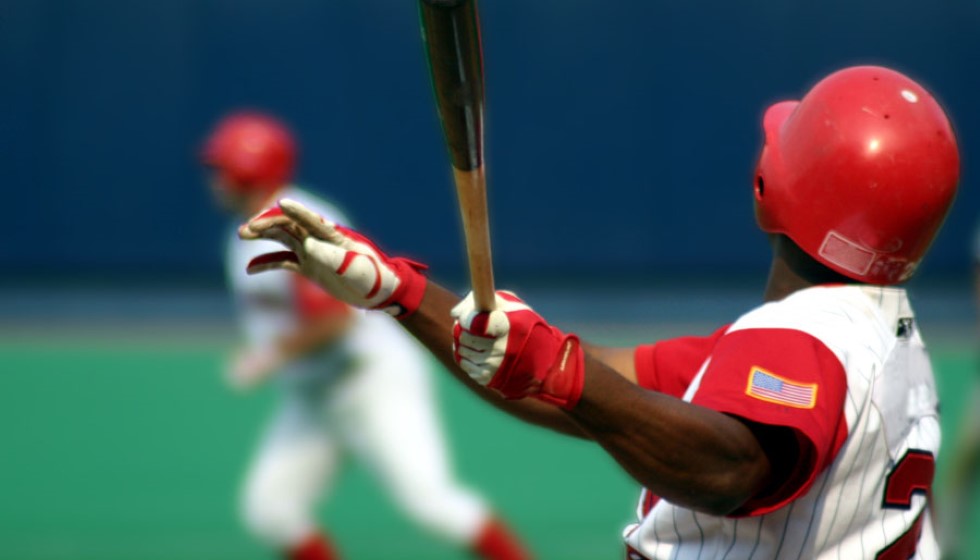
Commissioner Rob Manfred's Vision for Pitching in Modern Baseball
In an era where baseball is undergoing unprecedented transformation, Commissioner Rob Manfred is setting his eyes on reimagining one of the sport's most traditional roles: the starting pitcher. The league is experiencing a paradigm shift with an unsettling trend—the innings-per-start metric for pitchers has dwindled from 6.3 innings in 1984 to just 5.2 in 2024. This decline has sparked intense debate among baseball aficionados and executives alike about the future of pitching in Major League Baseball (MLB).
The reliance on bullpens has become increasingly common as teams navigate the intricacies of modern games, often at the cost of classic pitching strategies. But there lies a deeper issue that Manfred is keen to address: the rising prevalence of injuries among pitchers. Citing insights from MLB physicians, he acknowledges that "the focus on velocity and spin rate is a specific cause of the increase of injuries," emphasizing the need for caution in how the game evolves.
In response to these challenges, Manfred suggests that blunt solutions like imposing minimum inning requirements might not be the answer. "Just too blunt an instrument to fix this problem," he opines, urging for more nuanced approaches that align with the sport's evolving needs. The commissioner believes in implementing "a series of rules that create incentive for the clubs to develop pitchers of a certain type," emphasizing the development of pitchers who can sustain longer appearances on the mound.
Exploring Strategic Solutions
One potential approach being considered involves altering roster and transaction rules. Manfred elaborates on a common scenario, "One of the things that happens today, guy pitches three days in a row, he gets outrighted, they bring somebody else in to give him some rest, as opposed to him staying on the roster the whole time." The strategy hints at a restructuring of current rules to ensure pitchers have ample recovery periods while maintaining roster stability.
Moreover, the significance of starting pitchers extends beyond their physical performance. They are integral to maintaining the narrative and allure of the game in both marketing and broadcasting contexts. This recognition underscores the need for innovative measures that maintain their prominence in matches without compromising player health.
Among the novel concepts being discussed is the "Double Hook" rule, which ingeniously links a team's designated hitter slot to the presence of their starting pitcher. This concept could influence strategic decisions, harnessing the traditional power of starters to enhance game engagement and viewer experience.
Looking to the Future
As the MLB's Collective Bargaining Agreement with the MLB Players Association edges towards its expiration in 2026, these discussions are timely. Future negotiations could pivot around such measures, potentially setting a new direction for pitcher development and game management. Manfred's vision emphasizes a healthy balance between tradition and innovation, focusing on preserving the essence of baseball while adapting to contemporary demands.
In an evolving landscape, commissioner Rob Manfred's insights and leadership may hold the key to a sustainable future for pitching in baseball. By advocating for strategic incentives rather than prescriptive mandates, he champions a change that aligns with the sport's storied past and dynamic future.